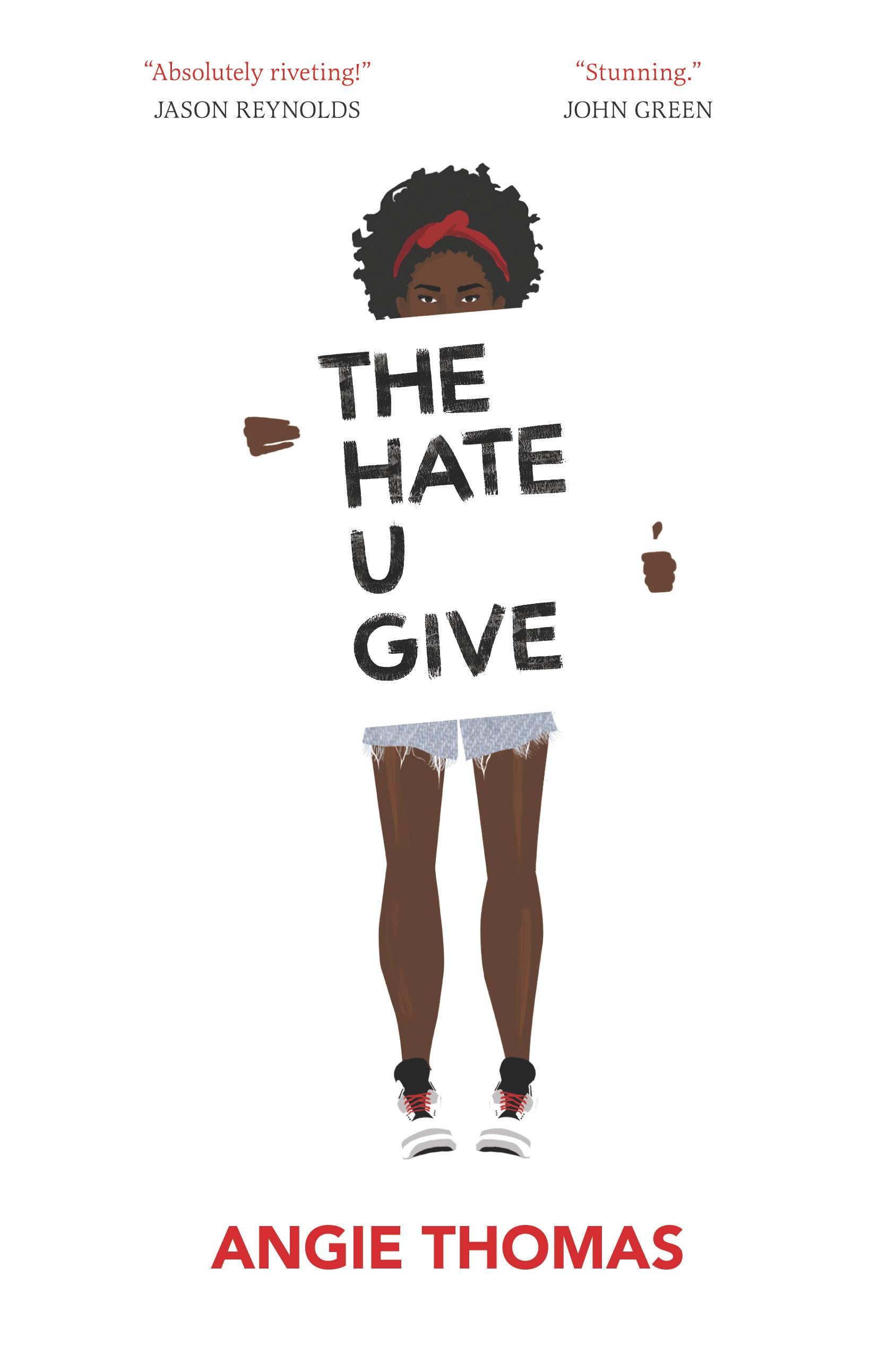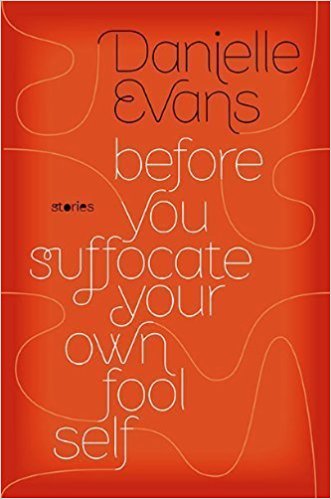Student Picks: Tallent and Peelle
Danny Fisher-- I was sixteen, sitting at the kitchen with my aunt, when I turned to her and said, “Why doesn’t she just leave him?”
My Aunt set the needle and thread down that she had been using to sew button-eyes onto the sock doll she was making. She sighed, “Because, Danny, some people need to be victims.”
Her true meaning did not sink in that day, but in the years that followed I would learn to understand the mentality behind the victim/abuser relationship. In his novel, My Absolute Darling, Gabriel Tallent dissects that dynamic with a deft use of language, imagery and a nuanced approach to scene building and story-telling. The reader is granted full admission into the horrific conditions that his main character, a young girl named Turtle, must survive to find the person she is meant to be and not the one her domineering father, Martin, has trained her to become, although Tallent takes the reader there with a subtlety that belies the drama unfolding, allowing the reader to behold the beauty of Turtle and Martin’s relationship as well as the tragedy.
Margaret McNellis-- The Midnight Cool by Lydia Peelle is a delight for students and casual readers alike. Peelle’s treatment of the passage of time and varying points of view provide ample text to study for craft while providing a rich texture to the story. Pair with that universally understood themes at a time when the whole world is in the thick of war, and you get a gripping reading experience.
On the micro-level, Peelle’s writing is beautiful. Her use of metaphors and similes offer substantial opportunities for close readings because in the space of a few words, Peelle expertly conveys character motivations, fears, strengths and weaknesses.
I was particularly excited to add The Midnight Cool to my reading list this semester, as Lydia was my mentor last semester. I had the added benefit of seeing her lessons in action. If asked what I enjoyed most about The Midnight Cool, I’m not sure I could pick any one thing because I loved every aspect of this novel.





















